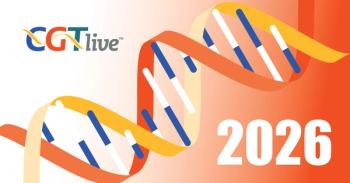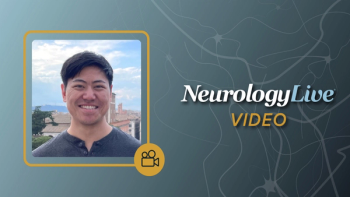
Lisa Nieland on Slowing Tumor Growth in Glioblastoma With Novel AAV Therapy
The PhD candidate from Lieden University Medical Center and Breakefield Lab at Mass Gen discussed her work presented at the ASGCT 2024 meeting.
“I think in that window, we would be able to combine current available therapies to target the tumor at the same time, so with a combinational treatment to hopefully then have a better outcome and better effect because until now, the chemo is just not doing its job, unfortunately. So maybe we can create this kind of niche window that we then can have an improved outcome, hopefully. That's the whole aim.”
Glioma, and specifically the most aggressive typeglioblastoma, have historicallyvery poor outcomes, with a 1-year survival rate of 40% and a 2-year survival rate of 17%. The disease occurs inthe inherently challenging environment of the brain and is a difficult one to treat, with investigations into targeted therapies often running into obstacles with the blood brain barrier and potential neurotoxicity.1
Lisa Nieland, a PhD candidate from Lieden University Medical Center, is doing her PhD on interactions between the healthy brain cells and the tumor in the glioma tumor microenvironment. She presented some of her research, being conducted at the lab of Xandra Breakefield, PhD, investigator of neurology, Mass General Research Institute, and professor of neurology, Harvard Medical School, at the American Society of Gene & Cell Therapy (ASGCT) 27th Annual Meeting, held May 7 to 10, 2024, in Baltimore, Maryland.2
Nieland investigated adeno-associated virus (AAV) delivery of Staphylococcus aureus Cas9 (saCas9) guided by a single-guide RNA to target microRNA-21 (miR-21) coding sequences in the genome in vivo and found reduced tumor growth and improved survival in mouse models. miR-21 is highly expressed in glioma cells responsible for tumor progression.2 CGTLive spoke with Nieland to learn more about the background behind her research and the potential impact she foresees this work may lead to in the glioma field.
REFERENCES
1. Glioblastoma Multiforme. Webpage. 2024. American Association of Neurological Surgeons. https://www.aans.org/en/Patients/Neurosurgical-Conditions-and-Treatments/Glioblastoma-Multiforme
2. Nieland L, Vrijmoet AB, Jetten IW, et al. All-in-One Adeno-Associated Virus Delivery for Therapeutic miR-21 Editing by saCas9 In Vivo. Presented at: ASGCT 27th Annual Meeting, May 7-10; Baltimore, Maryland. Abstract #113
Newsletter
Stay at the forefront of cutting-edge science with CGT—your direct line to expert insights, breakthrough data, and real-time coverage of the latest advancements in cell and gene therapy.






























